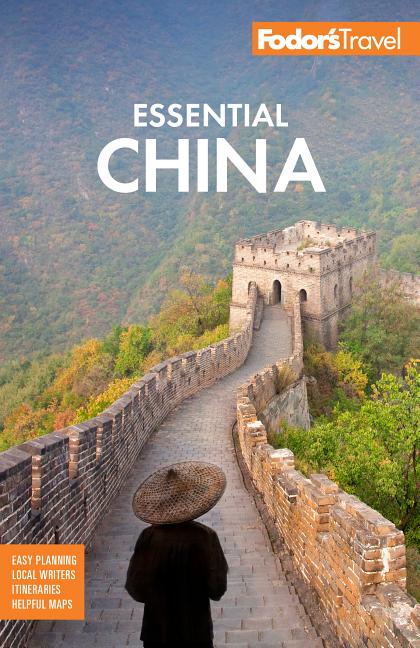Top Beijing Attractions
Forbidden City
The Forbidden City has been home to a long line of emperors, beginning with Yongle, in 1420, and ending with Puyi (made famous by Bernardo Bertolucci's 1987 film The Last Emperor), who was forced out of the complex by a warlord in 1924, over a decade after he abdicated his throne. This is the largest palace in the world, as well as the best preserved, and offers the most complete collection of imperial architecture in China.
Lama Temple
The smell of incense permeates one of the few functioning Buddhist temples in Beijing. When Emperor Yongzheng took the throne in 1722, his former residence was converted into this temple. During the Qianlong Period (1736–95) it became a center of the Yellow Hat sect of Tibetan Buddhism. At its high point, 1,500 lamas lived here. The Pavilion of Ten Thousand Fortunes (Wanfu Ge) has a 60-foot tall statue of the Maitreya Buddha carved from a single piece of sandalwood.
Summer Palace
This beautiful complex, surrounding a large lake, dates back eight centuries. Notable sights include the Long Corridor (a covered wooden walkway) and the Hall of Benevolent Longevity. At the west end of the lake is the famous Marble Boat that Cixi built with money intended to create a Chinese navy. The palace, which served as an imperial summer retreat, was ransacked by British and French soldiers in 1860 and later burned by Western soldiers seeking revenge for the Boxer Rebellion in 1900 (don’t confuse this with Yuan Ming Yuan, the Old Summer Palace, which was almost completely destroyed by foreign soldiers in 1860).
Confucius Temple
This temple, with its towering cypress and pine trees, offers a serene escape from the crowds at the nearby Lama Temple. This is the second-largest Confucian temple in China, after the one in Qufu, the master’s hometown in Shandong Province. First built in the 14th century, the Confucius Temple was renovated in the 18th century.
Temple of Heaven
The 15th-century Temple of Heaven is one of the best examples of religious architecture in China. The complex contains three main buildings where the emperor, as the "Son of Heaven," offered semiannual prayers. The sprawling, tree-filled complex is a pleasant place for wandering: watch locals practicing martial arts, playing traditional instruments, and enjoying ballroom dancing on the grass.
Tiananmen Square
Walking beneath the red flags of Tiananmen Square is a quintessential Beijing experience. The political heart of modern China, the square covers 100 acres, making it the world’s largest public square. It was here, from the Gate of Heavenly Peace, that Mao Zedong proclaimed the founding of the People's Republic of China on October 1, 1949, and it is here that he remains, embalmed in a mausoleum constructed in the square’s center. Many Westerners think only of the massive student demonstrations here in 1989, but it has been the site of protests, rallies, and marches for close to 100 years.
Great Wall of China
Touristy it may be, but make time to see it while you're in Beijing. The closest location, at Badaling, is a one-hour drive away—you may recognize some of the views and angles here from their frequent use in photo ops.




